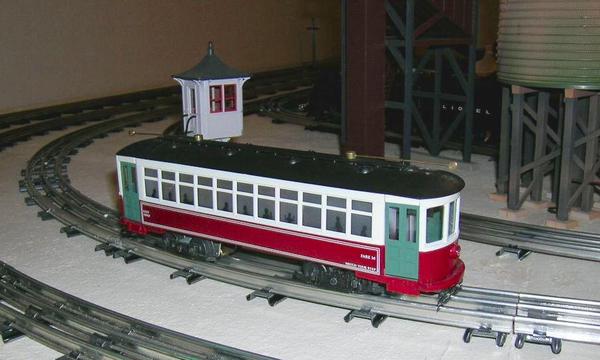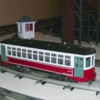Originally Posted by WftTrains:
Before posting the comment above I certainly didn’t rely solely on the often unreliable Wikipedia. I had also referred to my copy of the 1967 book “The Time of the Trolley” by the noted railway author William D. Middleton which says in the caption of its photo of Frank Sprague on page 66 “His electrification of the Richmond Union Passenger Railway Company in 1887-1888 was the first wholly successful installation of any consequence and set in motion a wholesale conversion of America’s street railway systems to electric power.” That was the basis for my comment.
Although Middleton’s book discusses Charles Van Depoele’s pioneering developments including experimental, demonstrator or short lines in many cities plus as Middleton called it the “far short of perfection” system in Montgomery there is NO mention of the Scranton system at all anywhere in this 435 page book. This is obviously a serious omission whether or not the Scranton system met all of the same technology and size criteria and was in operation before the Richmond system.
Bill
Richmond was bigger but they were not first. Both cities claim the same distinction, which is that they were the first commercially successful electric streetcar system. So first we must agree that while there were earlier “experiments” conducted, that these systems did not meet the criteria of either Richmond or Scranton, both of which were purpose built and operated regularly in order to generate revenue.
So with this in mind, I can find no substantial improvement from Van Depoele in 1886 to Sprague in 1888 that would cause me to hand the title over the Sprague other than the size of the Richmond system. I am sure that the success of the operation in Scranton played a significant role in determining the size of the Richmond system anyway, as it was now proven in November of 1886 to be not only a viable means of transportation but one that could generate a profit.
Keep in mind that Scranton was also the first to light a street car by electricity, and they even added sanders following the first days of operation to make up for icy rail conditions. If you want to argue usefulness, the Scranton system was there as well, reducing the average travel time to nearby Dunmore from 50-70 minutes by horse cart to 16 minutes by trolley.
If you can determine a significant reason as to why Richmond had a superior road I would like to hear it. In fact I will argue the opposite, especially after reading that horses had to be strapped to the Richmond cars in order to make the steepest grades. Not so in Scranton.
I think that Sprague did improve the technology as time went on, and I know he did have continued involvement in traction and elevated rail systems, so his contributions over time may have indeed surpassed those of Van Depoele. But that doesn’t change the fact that it happened first in Scranton, more than a year before Sprague turned a wheel in Richmond. Why Middleton omitted this from his book, I do not know, but his obituary does list the University of Virginia as an employer, and Frank Sprague as one of his heroes...








